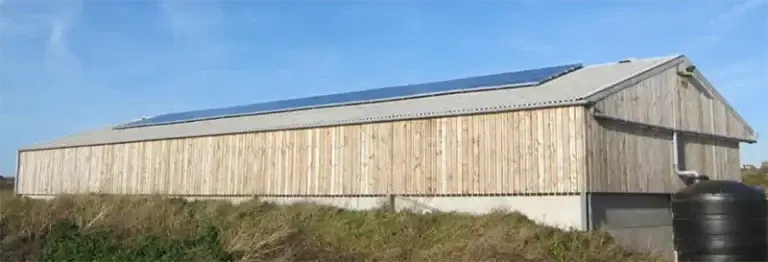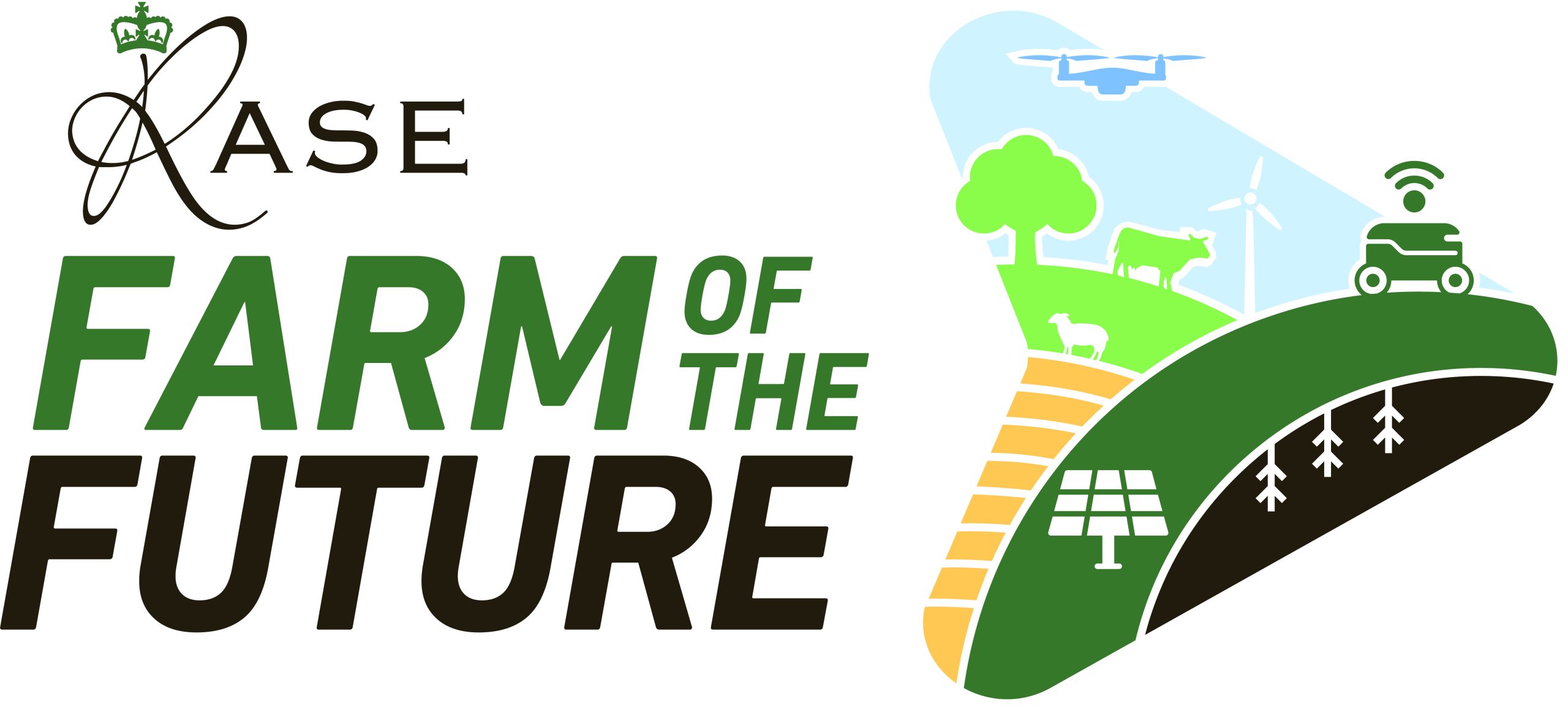A heat/chill heat pump system can be used to provide low carbon heat for a range of on-farm agricultural processes, for example, grain or grass drying, space heating, daffodil drying, wood chip drying or any other type of agricultural product drying. The process can also be used ‘in reverse’ to chill products like potatoes or milk. The low-grade heat recovered can be supplemented and used for heat applications such as hot water and space heating.
At its Eastern AgriTech Innovation Hub, NIAB is trialling a number of renewable energy technologies and have installed an ASHP for both heating and cooling a large polytunnel. Dyson Farming’s large strawberry glasshouse at Carrington, Lincolnshire is powered by renewable energy from the adjacent digester, as well as being supplied with waste heat from the site’s combined heat and power (CHP) plant. It could potentially supply CO2 in future.
Ventilation heat exchangers in livestock barns are an important way to recover heat from ventilated air. Such systems are less common in the comparatively temperate UK climate, as payback is faster in colder temperatures and with well insulated buildings. There is some excellent Canadian information on agricultural building ventilation systems which examines heating, cooling, ventilation, odour and biosecurity issues.
Championing the Farmed Environment (CFE) have compiled a list of free resources for UK farm building efficiency which includes information on heating. An excellent ammonia case study on heat recovery from air scrubbing is available at the Pig & Poultry online forum.
Many farms take a ‘whole farm’ approach to reducing emissions, so their measures do not fall neatly into ‘decarbonising heat’, ‘building soils’ or ‘renewable energy’. Two case studies which illustrate this are Stephen Temple’s Norfolk dairy farm and that of Wyn Evans.
Case study
Integrating renewables for Caerfai Farm
Wyn Evans’ organic farm on Caerfai Bay is a model for how integration of renewable energy on a small farm can mean that energy flows surprisingly seamlessly around the various farm enterprises.
The farm has a digester built in 1979 which uses slurry from 65 cows housed during winter and whey from the ice-cream and cheese-making operation. The farm also grows 2.5 hectares of potatoes.
Renewable energy technologies include a roof mounted solar PV, thermal solar, a ground-source heat pump and a small 20 kW wind turbine. Biogas is used in an Aga with a back boiler, along with solar thermal and the GSHP. It is also used to heat dairy water.
Heat is extracted from the potato store and put into a tank which is then supplemented either with solar PV or solar thermal to heat the digester. Solar thermal and solar PV are used for hot water heating for showers in the camp site.
The GSHP, solar PV, solar thermal, wind and biogas are used for ice cream and cheese making. The farm installed these renewables many years ago and the full case study was featured in the RASE Report ‘A Review of Anaerobic Digestion Plants on UK Farms’.
© Photo: Angela Bywater

Solar PV and rainwater recovery at Caerfai Farm
